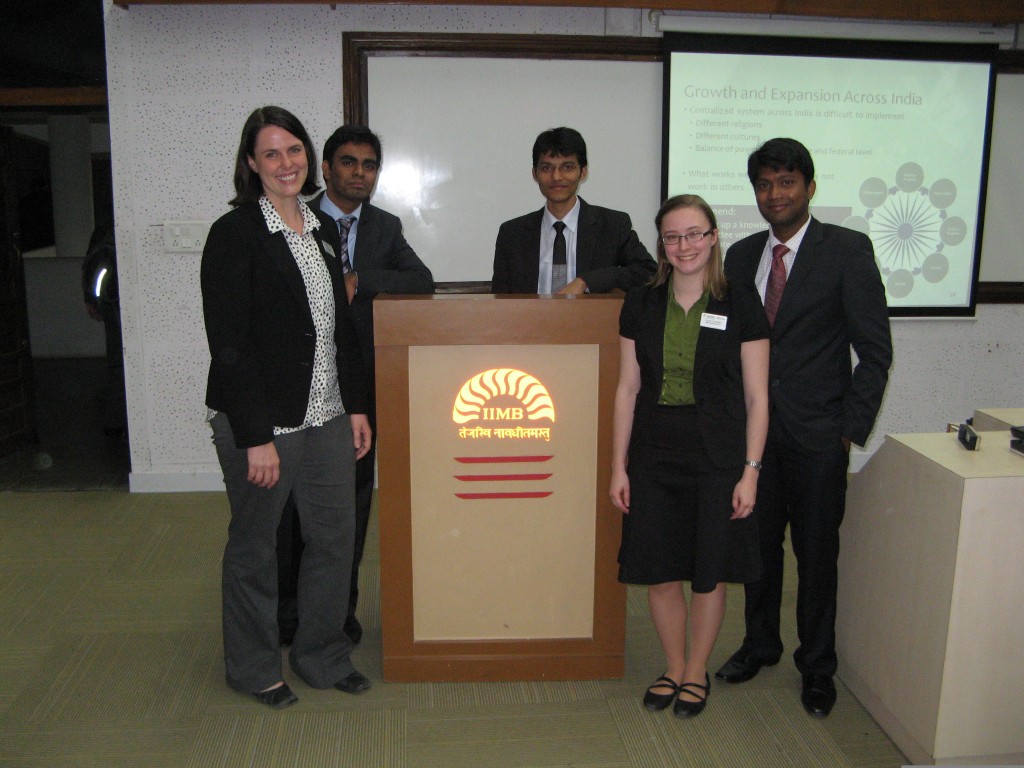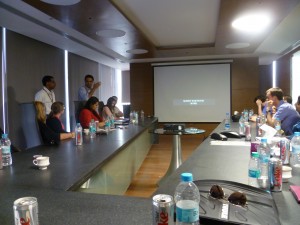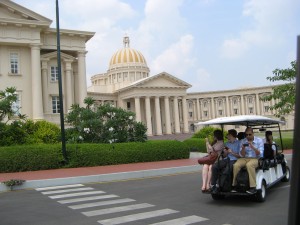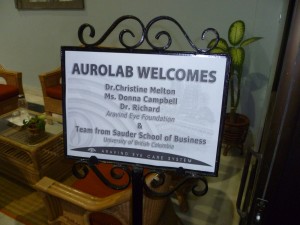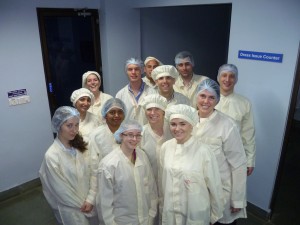Janesh and Ramakanta are looking at us attentively, waiting for our reply. Lucy, my teammate from UBC, and I have been nothing but completely impressed by the two MBA students from the Indian Institute of Management Bangalore, our teammates for a case competition on the challenges facing India surrounding childhood malnutrition. For several weeks we’ve been meeting by Skype to try to discuss the case, working around our exam schedule in Canada and a busy interview season for the Indian students. Now that we’re finally in the same room on the IIM campus, less than 24 hours until we present, Janesh has suggested that our Canadian perspective on an Indian problem will be very valuable for the case. “How does Canada deal with problems of malnutrition? What programs do you have there?” he asks.
Lucy and I look at each other, a little dumbstruck and afraid to admit we don’t really know. It’s not an issue that receives a large amount of attention at home, aside from some school meal programs and concern for first nations communities. We don’t know how to explain that the problem – while not to be understated – just simply isn’t an issue on the scale that it is in India.
“The problems are…different.” It’s about the best we can come up with.
Working cross-culturally with the students from IIM Bangalore was one of the most rewarding and educational parts of the program for me. It is easy to see how this institution has gained its sterling reputation as one of the most selective schools in the world. Our teammates were keen to ferret out information and were able to present it in dazzling displays. The amount of research they had already done and were able to do in a short time was nothing short of mind-blowing! It was hard not to be intimidated.
Through creating the presentation, though, we were able to find our strengths and where we could add the most. Knowing most groups would be presenting a dizzying amount of information, we pushed on narrowing our focus and telling a compelling story to differentiate our group. I suggested telling the story from the perspective of a young mother from a poor village, trying to find the story that will connect with the audience. Working collaboratively we started detailing what a day in Nirmala Devi’s life would be like: where she lived, at what age she was married. I found I could relax my fact-finding and analytical skills – these guys had us more than covered! – and focus on keeping everyone on the same page, making sure everyone knew what their role was in building the story and the presentation, and keeping the mood light and people motivated. When the group divided up for the evening after a team dinner, we each had pretty clear objectives for the next day. While I normally drift towards this kind of a role, keeping everyone ‘in sync’ definitely felt more difficult and complicated in a cross-cultural group!
As part of my MBA journey, I am learning to step back from front-line ‘execution’ roles as much, and focus instead on group dynamics and leadership, shepherding the group when needed. I’d like to play more of a role pushing others who sometimes can’t see the forest for the trees to step back and look at the bigger picture, focusing on analysis, synthesis, and insight instead of just the reiteration of facts. I think I can encourage them to think from an audience’s point of view, to communicate their points in compelling ways.
Our presentation was well-received and we made it to the final round! It was an honour to be able to present at such a prestigious institution, to such an esteemed panel of judges, and with such a stellar team.

